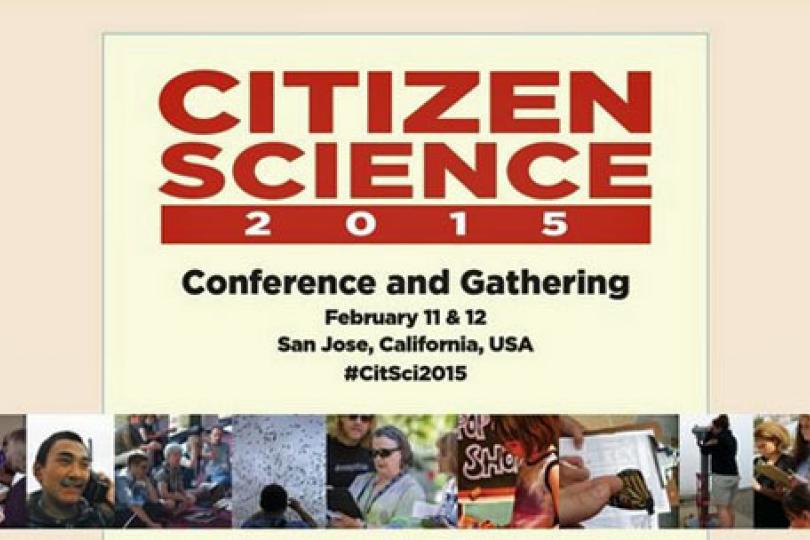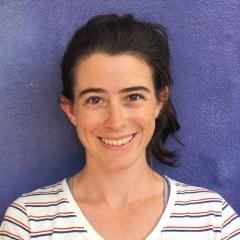Erica Krimmel on the Citizen Science 2015 Conference
This time last year, Switzer Fellows participated in a citizen-science themed networking call touching on everything from program implementation, to evaluating the scientific rigor of data collected in such programs. Citizen science is a topic of burgeoning importance across many disciplines, as evidenced by the 2014 formation of a Citizen Science Association. In 2015, over 600 attendees from 25 countries participated in the Association’s inaugural conference, held February 11 and 12 in San Jose, CA.
The beauty of an inaugural conference was that the scope of participants was broad. I saw presentations on everything from evaluating data quality in a bioblitz project, to generating interest in a teen naturalist course, to designing an app that facilitates nonliterate observations for use in monitoring projects by indigenous communities. I talked to scientists who have big questions and see citizen science as a way to generate the data they need. I heard from educators who appreciate citizen science as an entry point to engage and teach the public. Every now and then, I ran into an actual citizen scientist and heard firsthand why they participate. Providing the space for these three distinct groups to connect was a definite success of the conference.
Keynote speaker Dr. Chris Filardi, from the American Museum of Natural History, spoke about the natural interplay between public participation and science, and inspired the audience to consider how science can become community driven. Other themes I noticed emerging are a need for shared practitioner documentation, a desire to evaluate project efficacy from both a participant and science perspective, and a commitment to involve stakeholders of all sorts in developing the field.
One of my favorite aspects of citizen science is that it often prompts established experts to put themselves back in the shoes of a novice as they experiment with new tools or other disciplines. At the end of the conference, an iNaturalist BioBlitz encouraged scientists, educators, and everyone else to put on their citizen science hats and explore biodiversity right in downtown San Jose, resulting in over 700 new observations documenting nearly 150 species!
If you’re curious to see what other people thought about the Citizen Science 2015 conference, check out #CitSci2015 and #WhyICitSci on Twitter!

